Expedition Amundsen: necessities
Looking at the list of mandatory equipment and essentials for the Åsnes Expedition Amundsen, it’s completely fair to think them rigorous, even somewhat “square”. Well, yes – they are. But this is for the sake of the participants. As the organisers, we’re obliged to make sure that every participant has what’s necessary to survive in the winter mountains, especially if something were to happen.
Accidents are possible. Participants of Expedition Amundsen may find themselves obliged to take care of themselves and others until help arrives. The race crosses Hardangervidda in winter, however. This means that it can take time before help arrives, no matter how extensive the support system is.
Familiarise yourself with the lists
Familiarise yourself with the equipment list and start getting what you need sooner rather than later. There’s nothing worse than having to deal with missing equipment at the very last minute. In the worst case, you can end up at the equipment check without everything mandated. Then you’re simply not allowed to participate.
Get to know the equipment
If you get your equipment together in good time, you have time to get to know it. Preparation, as always, is absolutely essential. The better you know your equipment, the more you can save time, energy and effort.
Everyone who has ever completed a more arduous multi-day tour or expedition will confirm that the less time you spend on setting up camp through smooth routine, the more time you have to rest. And on a race like Åsnes Expedition Amundsen, it’s probably pointless to say that rest and the conservation of energy are absolutely vital,
Preparations, registration and lists
We’ve written a separate article with a simple, straightforward summary of mandatory requirements, preparations and lists. There you’ll also find a link to checklists and race manuals for you to download. These documents that are essential for participation in the Åsnes Expedition Amundsen. We recommend giving this a look both before and while you familiarize yourself with the equipment tips.
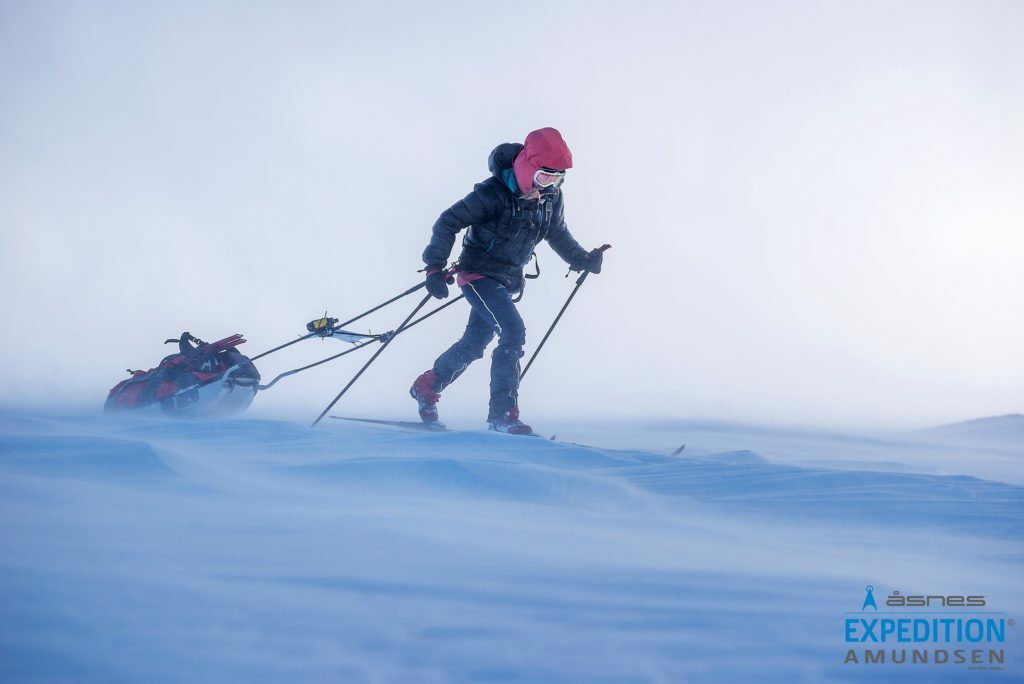
Equipment tips
Xtremeidfjord, the event co-ordinators, have prepared a checklist and equipment requirements for Åsnes Expedition Amundsen. This can be found on their website. You can’t participate in the race without following it.
We’ve put together a summary below, with tips and tricks related to equipment. Hopefully you’ll find it helpful.
Ski equipment
Here are the ski-related requirements for participation:
We’ve been asked whether this is really necessary. It is!
More, conditions in the mountains can vary greatly. The security you get from a solid and stable cross-country BC ski with a steel edge has proven to be important, especially when things get hard and icy on descents with a 40kg sled in tow. The choices are justified, so we, as organisers and co-ordinators, are pretty clear that this equipment list is absolutely not open to discussion.
We, Åsnes and Xtremeidfjord, are often asked about specific recommendations for equipment, skins, strategy, and solutions. While there’s no definitive answers, from experience we can say that some choices will be more successful than others.
Through consultation with previous participants, the Åsnes Expert Panel (several of us at Åsnes and in the Panel have participated in the race), and Xtremeidfjord, we’ve put together some suggestions and strategic advice below.
Our suggestions for skis
Main skis:
Many prefer to use either the Åsnes Mountain Race 48 (which was, to some extent, developed for this race), Åsnes Amundsen, Åsnes Børge Ousland or Åsnes Gamme as their number one ski.
If there’s a lot of fresh snow, our suggestion is to go for the Amundsen or the very light Mountain Race 48. These have good support and are the most efficient skis for such conditions.
If conditions are more straightforward, the Børge Ousland or Gamme will be slightly more versatile, and offer more control on the downhill. If you choose to go with a single model, these are good choices.
If you wax with hard grip wax, you can just stick a skin on top if you need to, peeling it off if when conditions are really great.
Second skis:
The Gamme and the Børge Ousland, being considerably versatile, are good choices. Many choose to go for skis such as the Åsnes Nansen, the Åsnes Ingstad, or even a slightly more downhill-oriented ski. There may be an advantage to a slightly more stable ski on descents. With their more forgiving camber, these skis are less technically demanding to ride when tired – albeit they aren’t wholly as efficient on the flats.
This is the ski to use with a long skin for the race’s opening uphill leg. Bring extra skins and wax for this ski, too. If it becomes your principal ski, that’ll be more than necessary.
Personal preferences and strategic choices
The vast, vast majority choose to bring two pairs of skis each. This way, you have skis for different conditions. Perhaps you can cruise on one pair, and tackle the downhills on another.
Many prefer to take a slightly wider ski with a long skin attached. With skis like these, you don’t immediately expend your energy on the first steep ascent, wearing yourself out at the beginning. After this section, they go on the pulk as back-up skis. Exactly which two pairs you choose depends on your strategy and personal preference. But it’s still an advantage to have thought this through and to actually bring two pairs of skis each.
Ideally, the ski you bring with you as your primary ski should be both waxable and have a solution for attaching short skins. It should work with a pulk, have good camber, track straight, and and offer efficient propulsion on the flats. It’s also an advantage to bring several pairs of short skins, covering all conditions, minimising the time you spend in the cold.
Learn all about waxing cross-country BC skis
Not sure how to wax your skis? Here’s a full overview. It’s easy.

The skin system
Long skin:
Put a narrow 35mm/45mm mohair long skin on the skis you use at the start of the race before putting them on the pulk. Remove the skin at the first break/overnight. For the rest of the race, use those skis with either a short skin or wax.
Short skin:
The skis you’ll use most during the race will be narrower. Ideally they should function throughout the race. Cork in hard wax (Swix Blue) before putting the skin on top. Here we recommend a 45mm mohair, mix or 40mm Race skin, trimmed and adapted to your skis and your skills. Then you’ll get the most out of the skin.
Remember spare skins:
You’ll use one pair of skins a lot: the pair you put on your principal skis. You should bring two extra pairs of short skins too. Consider a narrow skin optimised for propulsion and a 58mm mohair for extra grip if needed. Keep these in an inner pocket so they’re warm and ready when you need them or if your primary skins should accidentally come off.
Skins ensure grip, provide some security and can be used strategically
The long skin’s essential at the start of the race as you start by pulling a heavy pulk up a steep incline. Have your first skis ready with long skins from the start.
Further into the race, short skins will be key. You’ll want yours to be well tested and customised to your equipment.
If you create a “system” with several short skins, you have some security against contingencies – and you can react when conditions change. If conditions permit grip wax, you have some very versatile options.
In short:
A narrow, trimmed, mohair skin = better gliding on flat stretches.
An “all-round trap” preferably 45mm mohair/mix, will work in most conditions.
A wide skin, preferably 58mm mohair, ensures good grip.
If you wax with a hard wax you can place the skin on the base over the wa.
Learn about skins
Unsure how to use Åsnes skins? Not sure what short skins are good for or what the point is? Maybe you’re wondering how to attach or customize skins?
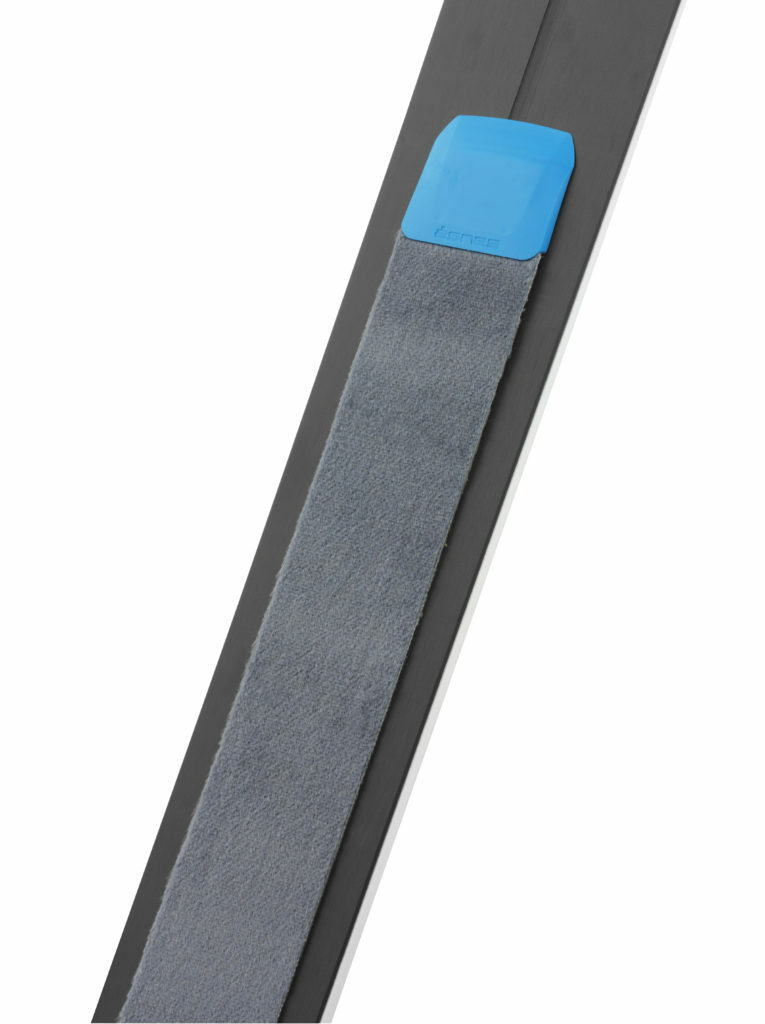
Our suggestions for boots and bindings
BC bindings
For distance, BC bindings are superior in terms of efficiency, comfort, weight and functionality. We recommend them for this race.
Boots
Choose a comfortable and stable cross-country BC ski boot in leather, or with integrated gaiters. Expedition Amundsen is long and tiring; good support, a solid shoe, warmth and comfort are essential. It can quickly drop to -30° degrees during the race, so a shoe with gaiters or the possibility of an extra liner can be sensible.
Go for quality, solidity, comfort and warmth
When choosing ski boots, there’s no definitive answer for all. The most important thing is that you find boots that fit YOUR foot, that work for you and your use. Don’t over-worry about what experts or friends recommend – you really have to try ski boots on.
There’s a good selection of boots for BC bindings. Here it’s just a matter of getting started with testing. But don’t go for something basic. Choose something solid and warm enough for your feet. The last thing you want is for the boot to fail you on tough excursion like this.
Training
“A real challenge in any expedition is that some aren’t in good enough shape to complete it. Generally speaking, we can say that it’s impossible to be in too-good shape. The better shape you’re in, the better the experience trip will be”. – Christian Iversen Styve v/ Åsnes Academy
Training and mental preparation for long tours and expeditions is simply a necessity.
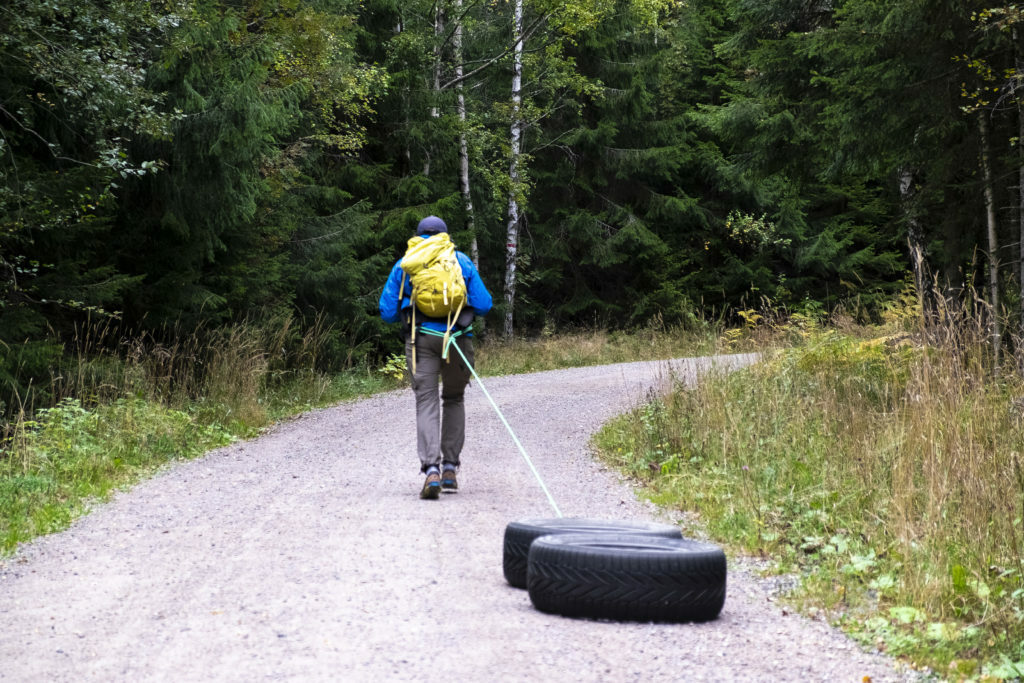
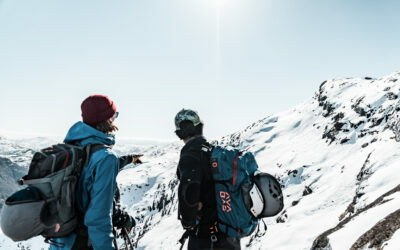
Planning a tour
“Better safe than sorry” doesn’t mean you have to be anxious- Planning isn’t just something that makes your trip to the mountains safer – it’s a source of inspiration.
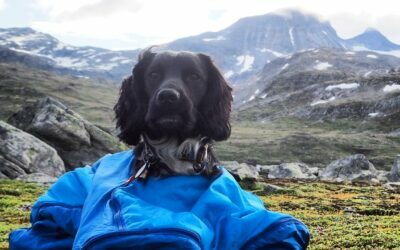
Care for the outdoors dog
All good research on dog training agrees: planning is key for keeping a dog happy and thriving. This applies when adapting to new environments and weather conditions. Ideally, your dog would probably be inside the cabin or at home in front of the fireplace as much as possible when it’s cold outside. But if we make the decision to take the dog out into the cold, it’s our responsibility to make certain that the animal’s well protected.

Photography on tour
Capturing moments of magic with a camera can add an extra dimension to the tour experience. With a little system and some simple steps, you can become an even better photographer. Here are some tips how.

Storing skis until next season
Putting your skis to bed for the summer, clean and protected, is a chore, but it’s got to be done. It’s more than worth it. Here we break down the basics. Your skis will thank you. Actually, you’ll thank yourself come the first snow – for all sorts of reasons…

Waxing and prepping alpine touring skis
We don’t put in all that effort just for the view. We do it for the way down. So let’s talk about glide wax. It provides better glide, protects the sole from wear. The specific wax, even how carefully you do the work, isn’t really so important – it’s not a race. And it doesn’t have to be complicated at all…
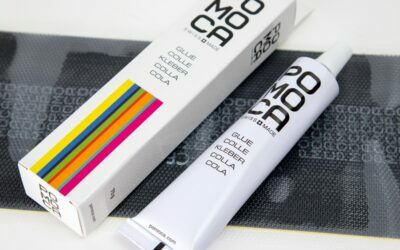
Replacing and renewing glue on skins
Unfortunately, skin glue doesn’t last forever. The skin itself, on the other hand, only gets better and better until it wears out. So if you replace the old glue, your skins can last many years. Moribund glue can be replaced, either with tape or sheets, or from a tube. We explain how.